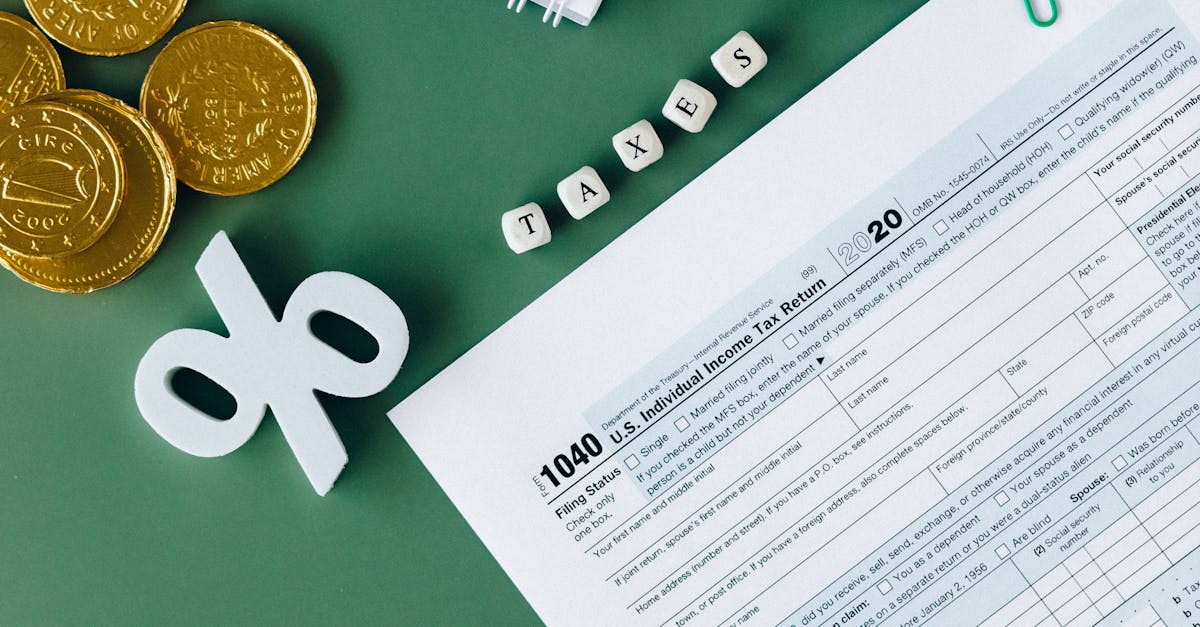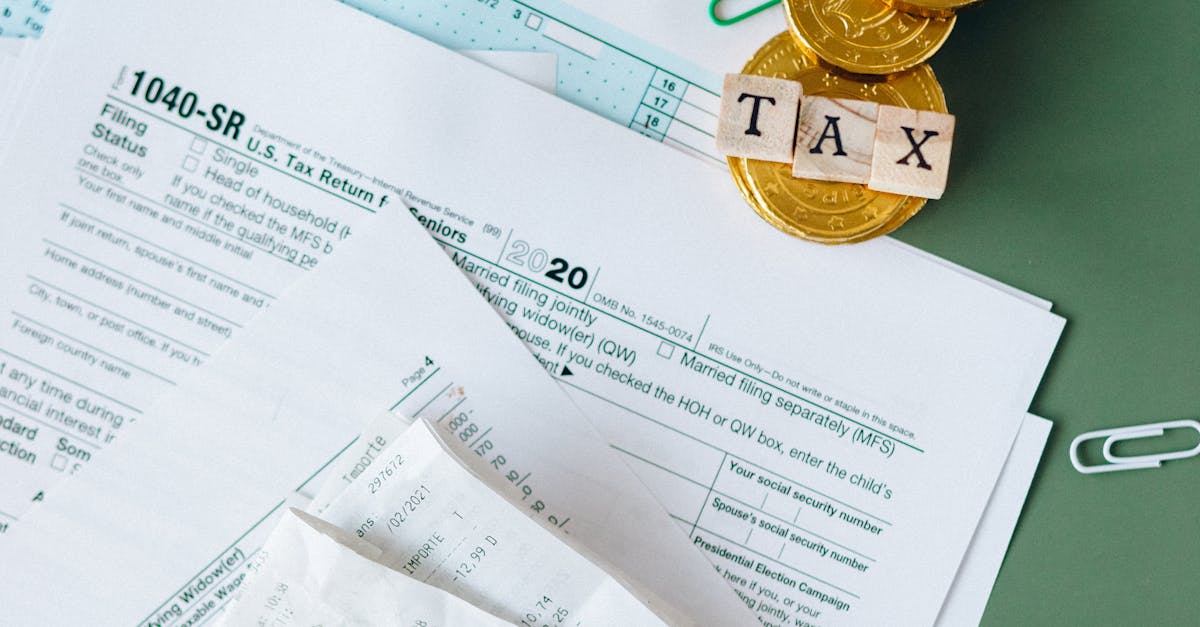Understanding tax brackets is crucial for Canadian taxpayers, as they directly influence how much tax you pay on your income. Both federal and provincial tax brackets vary, impacting individuals differently based on their earnings and province of residence. In this article, we will explore the current federal and provincial tax brackets, providing you with a comprehensive overview of how these taxes work and what you need to know to navigate your financial responsibilities effectively.
| Tax Type | Income Range | Tax Rate |
|---|---|---|
| Federal Tax | $0 – $53,359 | 15% |
| Federal Tax | $53,359 – $106,717 | 20.5% |
| Federal Tax | $106,717 – $165,430 | 26% |
| Federal Tax | $165,430 – $235,675 | 29% |
| Federal Tax | Over $235,675 | 33% |
| Provincial Tax (Ontario) | $0 – $47,630 | 5.05% |
| Provincial Tax (Ontario) | $47,630 – $95,259 | 9.15% |
| Provincial Tax (Ontario) | $95,259 – $150,000 | 11.16% |
| Provincial Tax (Ontario) | $150,000 – $220,000 | 12.16% |
| Provincial Tax (Ontario) | Over $220,000 | 13.16% |
Understanding Federal Tax Brackets
Canada’s federal tax system is progressive, meaning that as your income increases, the rate at which you are taxed also increases. The federal tax brackets are structured to ensure that higher earners contribute a fair share to the national revenue. The lowest bracket starts at 15% for income up to $53,359, which is relatively low. As you move into higher income ranges, the tax rates incrementally rise to 20.5%, 26%, 29%, and finally 33% for those earning over $235,675. This structure is designed to alleviate the tax burden on lower-income earners while ensuring that wealthier individuals contribute more significantly to federal finances.

Understanding Provincial Tax Brackets
Provincial tax brackets vary from one province to another, reflecting local government needs and economic conditions. Taking Ontario as an example, the provincial tax system also employs a progressive model. The first $47,630 is taxed at 5.05%, followed by incremental increases up to 13.16% for incomes exceeding $220,000. Each province has its own set of tax rates and brackets, which can significantly affect the overall tax burden for residents. It’s essential to consider both federal and provincial rates when calculating your total tax obligations, as they can add up to a substantial amount depending on your income level.

How Tax Brackets Affect Your Financial Planning
Understanding federal and provincial tax brackets is vital for effective financial planning. Tax brackets determine how much of your income is subject to tax and can influence decisions regarding investments, retirement savings, and other financial strategies. Knowing your tax bracket helps you estimate your tax liability and identify opportunities for tax savings, such as contributing to registered retirement savings plans (RRSPs) or tax-free savings accounts (TFSAs). Planning ahead can lead to significant savings and help you make informed decisions about your financial future.

Common Misconceptions About Tax Brackets
Many people mistakenly believe that once they enter a higher tax bracket, all their income is taxed at that higher rate. This is not the case, as only the income within that bracket is taxed at the corresponding rate. For instance, if you earn $60,000, only the income over $53,359 is taxed at the 20.5% rate, while the income below that threshold is taxed at the lower rate. Understanding this concept can alleviate anxiety about tax rates and help taxpayers better prepare for their tax obligations.

FAQ
What is the difference between federal and provincial tax brackets?
Federal tax brackets apply to income taxes collected by the national government, while provincial tax brackets are set by individual provinces and territories. Each level of government has its own rates and brackets, contributing to the overall tax burden on individuals and businesses.
How can I reduce my tax burden within these brackets?
You can reduce your tax burden by taking advantage of tax deductions, credits, and tax-advantaged accounts like RRSPs and TFSAs. Consider consulting a tax professional to explore all available options for tax savings specific to your situation.
Are tax brackets the same across Canada?
No, tax brackets vary by province. Each province sets its own rates, which can differ significantly. It’s important to check the specific tax brackets for your province to understand your total tax liability.
References:
– [Canada Revenue Agency – Tax Brackets](https://www.canada.ca/en/revenue-agency/services/tax/businesses/topics/payroll/employers-guide/2023-tax-brackets.html)
– [Ontario Ministry of Finance – Provincial Tax Rates](https://www.ontario.ca/page/provincial-tax-rates)




